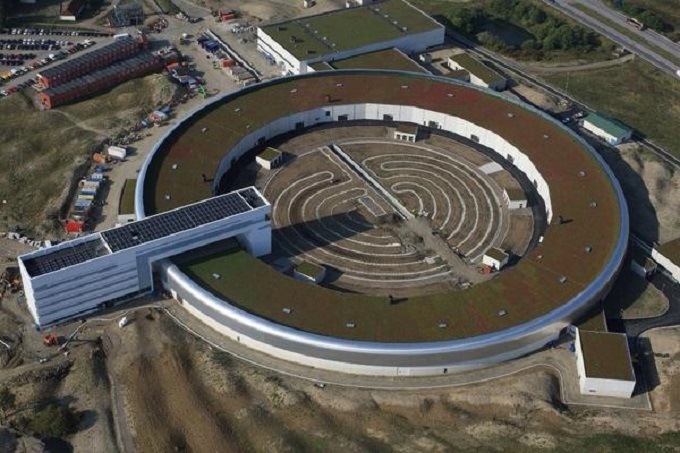Lund University

Lund University
Lund University seeks to be a world-class university that works to understand, explain and improve our world and the human condition.
The University is ranked as one of the top 100 in the world. We tackle complex problems and global challenges and work to ensure that knowledge and innovations benefit society. We provide education and research in engineering, science, law, social sciences, economics and management, medicine, humanities, theology, fine art, music and drama.
Our 42,000 students and 7,680 employees are based at our campuses in Lund, Malmö and Helsingborg. The University has a turnover of around SEK 7 869 million (EUR 834 million), of which two thirds is in research and one third in education.
We are an international university with global recruitment. We cooperate with 600 partner universities in over 70 countries and are the only Swedish university to be a member of the strong international networks LERU (the League of European Research Universities) and Universitas 21.
Two major facilities for materials research are currently under construction in Lund: the MAX IV Laboratory, which will be a world-leading synchrotron radiation laboratory and ESS, a European facility that will be home to the world’s most powerful neutron source. These will be of decisive importance for materials and life sciences and for industrial development. In Lund, Medicon Village has also been established and will offer a unique environment for life sciences; integrating research, innovation and enterprise creates the conditions for improved health and quality of life.
MAX IV Laboratory
MAX IV Laboratory is a Swedish national laboratory providing scientists with X-rays for research. It is presently operating and building MAX IV, which was inaugurated on 21 June 2016.
MAX IV is built with the strong intellectual and financial support of 12 major Swedish Universities. It shall continue this collaboration and in addition attract international partners contributing both intellectually and to investment and operation.
Because of its revolutionary design MAX IV will provide high brightness X-ray beams of high transverse coherence and ultra-short duration. These have the potential to transform our understanding of matter and materials in many fields of natural science. Based on these world-leading strengths we suggest scientific fields for which beamlines shall be built up. The selection, prioritization and specification of beamlines serving these fields shall be done in full collaboration with the scientific community and the funders. The final suite of beamlines will serve all of natural science and cater to existing as well as emerging communities.
The MAX I-III storage rings which attracted almost 1000 users/year producing ca. 240 publication and 35 PhD students every year, have been closed on 13 December 2015.
The MAX IV-project consists of three subprojects: Building, accelerator, and beamlines. All are on schedule and in specifications. Since reporting a slight cost increase in summer 2012 the cost is reported to the funders on a quarterly basis and no further increase has occurred.
MAX IV Laboratory already has close to 50 percent international users. It has the potential and ambition to become a regional facility. For this formal partnership with countries in the Nordic/Baltic region shall be established. Partnership shall allow contributions to the operation cost and to future investment matching the scientific use of MAX IV. A first step towards this goal was taken in December 2012 with Estonia and Finland funding the FinEstBeaMS beamline at MAX IV as well as Denmark in 2015, to fund the DanMAX beamline. Internationalization must be done in a way protecting the large initial Swedish investment and resulting in a win-win situation for both Swedish and Nordic/Baltic users.
The future development of MAX IV is mostly steered through the beamline ramp-up plan. The suggested ramp-up allows exploiting the full capacity of the revolutionary MAX IV design and serving all areas of natural science in the Nordic/Baltic countries. It will require full involvement of the many scientific user communities and the international partners. For this we suggest a beamline selection process balancing scientific excellence and strategic aspects while maximizing transparency and accountability.